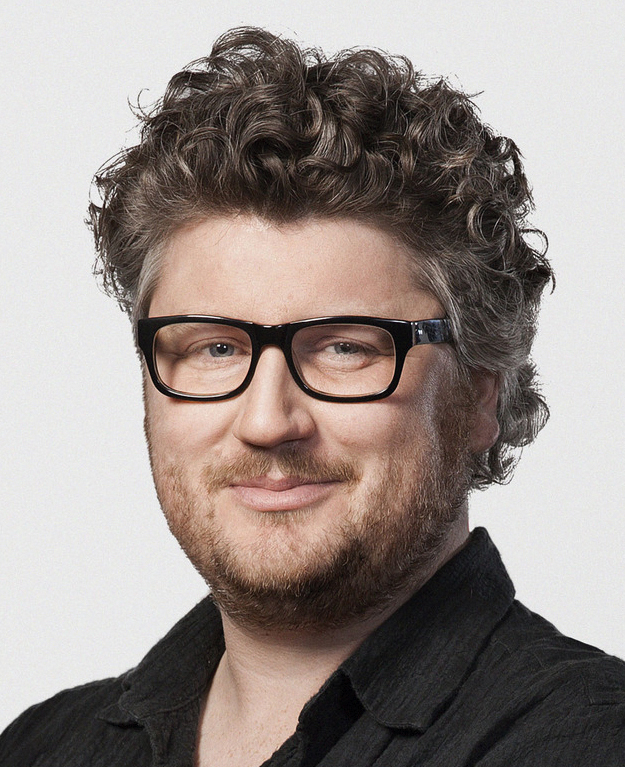It’s something we do 17,000 times a day, without giving it enough thought: breathing. It’s the physical necessity without which speaking, singing and whole families of instruments couldn’t be quickened into life, from didgeridoos to French horns, and saxophones to ophicleides.
But some composers have paid proper attention to this continuous miracle of inspiration and exhalation, in pieces that use the arc of the human breath as structural and expressive necessity, like the framing sections of Steve Reich’s Music for 18 Musicians, or Richard Reed Parry’s album Music for Heart and Breath.
Yet few musicians have delved as deeply as the flautist Kathryn Williams. Williams’s Coming Up For Air project is a series of commissions – around 100 of them so far, with 40 pieces released on a 2019 CD – of complete pieces of music designed to last for the duration of a single arc of her breath. The range of sounds and expressions the composers have found is, well, breath-taking, from Cee Haines’s post-modern hip-hop miniature DOOO to Lucy Hale’s aching, halting When We Breathe.
How does circular breathing work and how do you do it?
Other woodwind instruments can give the illusion that the player is capable of breathing – continuously, superhumanly, uncannily – for minutes on end. That’s thanks to the tighter embouchures of the oboe, bassoon or saxophone, and the virtuosic technique of circular breathing, in which you fill your cheeks with air, expelling it through the instrument at the same time as breathing in through your nose.
It requires the brilliance of musicians such as Heinz Holliger or Pascal Gallois to make it work in pieces by the Italian composer Luciano Berio that seem to pass in a single breath. The saxophonist Kenny Gee uses the technique in his easy-listening rhapsodies: he once played a single record-breaking note for more than 45 minutes.
How do orchestras breathe together?
Yet breathing is vital for instruments and ensembles that don’t require air pressure to bring their sounds into the world. Orchestras need symphonies to have the ebb and flow of breathing on an epic scale. Conductor Claudio Abbado conceived his performances as arcs of breath so that music like the vast 25-minute final movement of Mahler’s Third Symphony rode on a single, elemental span of tension and release.
The American composer Pauline Oliveros worked with this expanded idea of breath in a sonic meditation called Teach Yourself to Fly. How? ‘Begin by simply observing your own breathing… introduce your voice… Continue as long as possible naturally, and until all others are quiet, always observing your own breath cycle.’
Our breathing is our most essential connection to the natural rhythms we’re all part of, from the heave of the tides to the lunar cycle, from the ellipses of the solar system to the breath of the universe. As Pauline Oliveros said: breathe, and fly, and breathe, and fly.
Illustration: Maria Corte Maidagan

